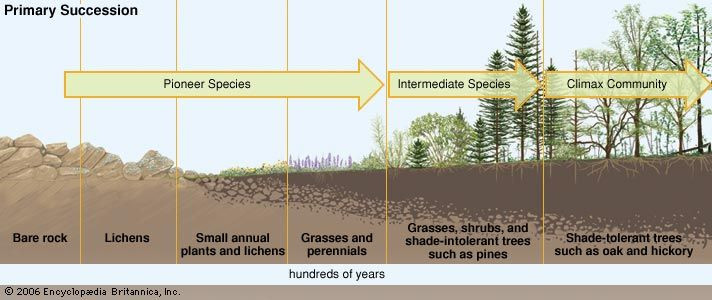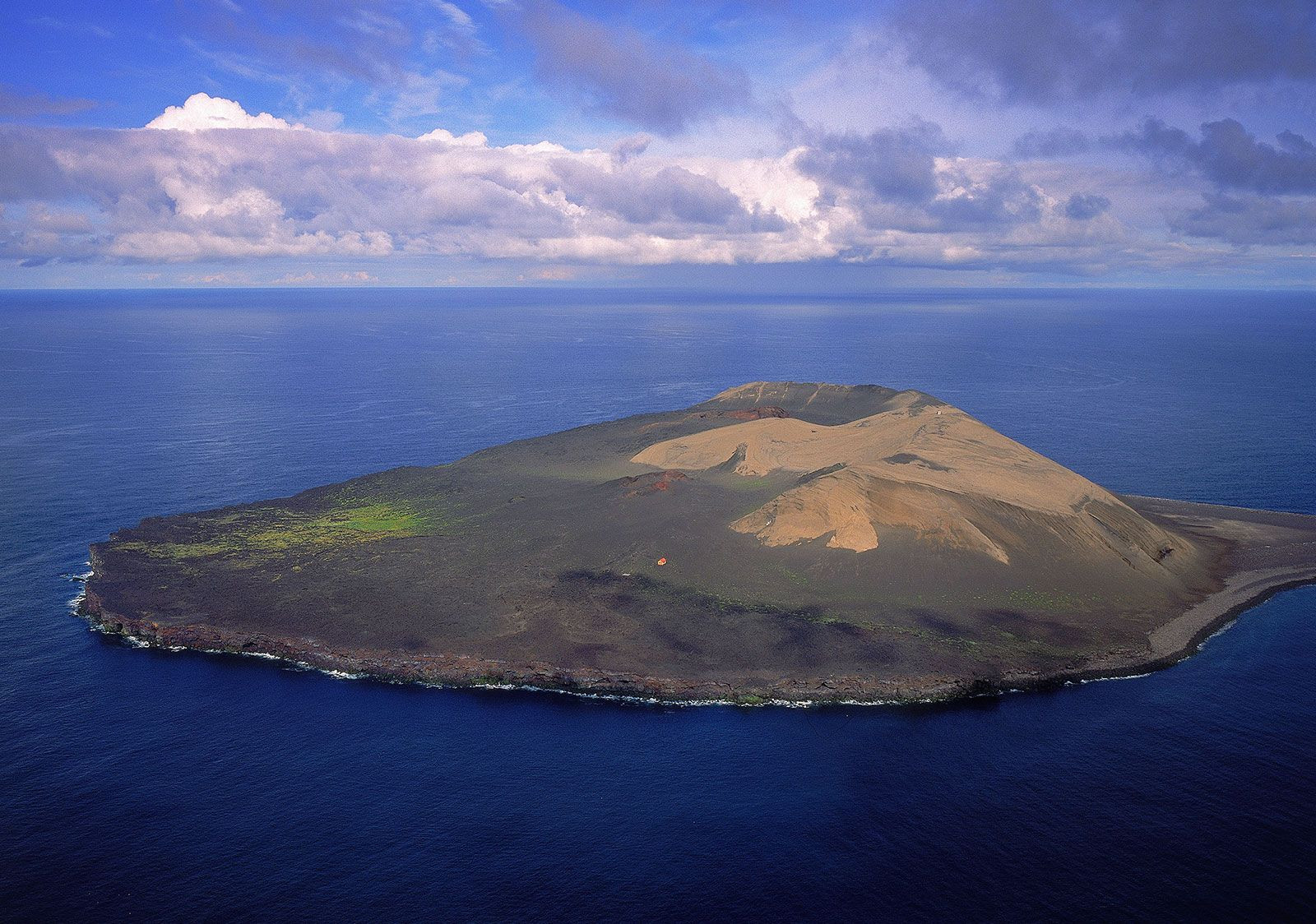In the realm of ecology, life’s tenacity is often showcased in the most barren landscapes. Imagine a volcanic island newly risen from the ocean depths, or a rocky terrain recently scraped bare by glacial retreat. These seemingly desolate environments are not devoid of life for long. Nature has its vanguards, organisms uniquely adapted to colonize these harsh, lifeless areas first. These are known as pioneer species. But to truly understand their significance, we must Define Pioneer Species Biology and explore their crucial role in ecological succession.
Pioneer species, in biological terms, are the hardy organisms that are the first to colonize previously disrupted or damaged ecosystems, beginning a chain of ecological succession. These resilient life forms are nature’s initial settlers, paving the way for a more diverse and complex ecosystem to develop over time. They thrive in conditions that are often inhospitable to other species, such as nutrient-poor soils, extreme temperatures, or limited water availability.
What sets pioneer species apart is their remarkable ability to modify their environment, making it more habitable for subsequent colonizers. Consider the case of lichens, often cited as classic examples of pioneer species. These composite organisms, a symbiotic partnership between fungi and algae, can colonize bare rock. They secrete acids that slowly break down the rock surface, initiating the process of soil formation. As they decompose, they contribute organic matter, enriching the rudimentary soil. Microorganisms, including various types of bacteria, also play a foundational role. Often preceding even lichens, they can fix nitrogen from the atmosphere, an essential nutrient for plant growth, directly into the barren substrate. Mosses are another significant group, similarly contributing to rock weathering and soil development through their physical and chemical actions.
 Primary Ecological Succession Unveiled
Primary Ecological Succession Unveiled
This process of initial colonization by pioneer species is the starting point of primary ecological succession. Primary succession occurs in environments where no soil exists, or where the soil has been completely removed – think of volcanic lava flows solidifying into rock, or glacial retreats leaving behind bare rock surfaces. Pioneer species are the architects of soil creation in these scenarios. Their actions – the breakdown of rock, the accumulation of organic matter, and nutrient cycling – gradually transform the environment.
As pioneer species establish themselves and modify the habitat, conditions become more favorable for other, less hardy species. Seeds and spores, carried by wind or water, arrive and find a more hospitable environment to germinate and grow in the nascent soil created by the pioneers. Grasses and ferns are often among these early secondary colonizers, further enriching the soil and providing shade. With the emergence of plant life, animal pioneer species, often invertebrates like ants, worms, and snails, begin to arrive. They contribute to the developing ecosystem by processing plant litter and aerating the soil, continuing the cycle of ecological enrichment.
The ecological story doesn’t end with pioneer species. They are merely the first chapter in a long narrative of ecological succession. As the environment changes, intermediate species such as shrubs and fast-growing trees eventually outcompete the pioneers, often due to increased shade and altered soil conditions. Over extended periods, this succession can lead to a climax community, a stable and mature ecosystem that is well-adapted to the local climate and environment.
In conclusion, to define pioneer species biology is to recognize the fundamental role these organisms play in initiating and driving ecological change in barren landscapes. They are nature’s groundbreakers, transforming inhospitable environments and setting the stage for the development of richer, more complex ecosystems. Their presence and activities are a testament to the resilience of life and the intricate processes that shape our natural world.


